Transplanting problems?
kurbans
9 years ago
Related Stories
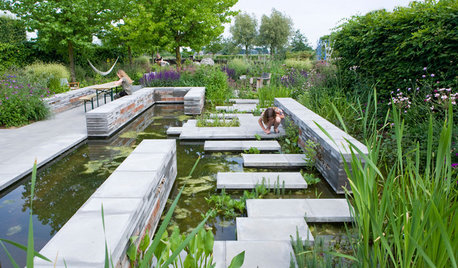
LANDSCAPE DESIGNProblem Solving With the Pros: A Garden Built From Scratch
Nature is reintroduced and redefined in a Dutch urban setting, to forge a dynamic relationship with city dwellers
Full Story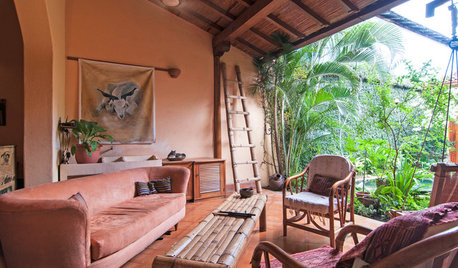
HOUZZ TOURSMy Houzz: A Dream Indoor-Outdoor Home in Nicaragua
Breeziness and deep connections with the outdoors create an air of paradise for U.S. transplants
Full Story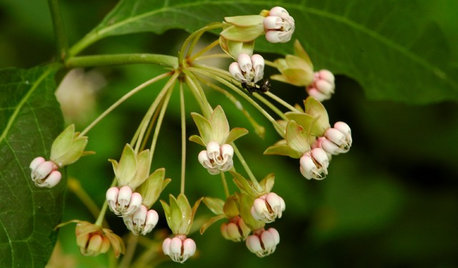
GARDENING GUIDES5 Unsung Wildflowers That Thrive in Dry Shade
Turn shady problem spots into garden idylls with with these prolific, easy-care bloomers
Full Story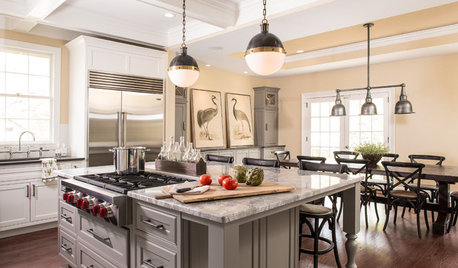
KITCHEN DESIGNKitchen of the Week: Warming Trend in a 1920s Georgian
Renovation creates a formal yet functional and relaxed hub for entertaining — and takes care of the insulation problem
Full Story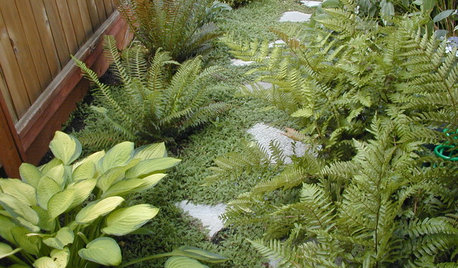
LANDSCAPE DESIGN6 Great Ways With Garden Ground Covers
Use them as problem solvers, weed killers, color and texture providers ... ground cover plants have both practical and visual appeal
Full Story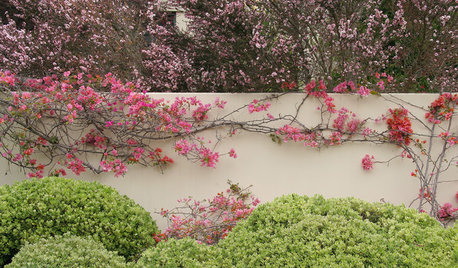
LANDSCAPE DESIGNThe Art of the Espalier
Go ahead, let limited garden space drive you up the walls. With these 6 ways to train plants vertically, it can be a beautiful thing
Full Story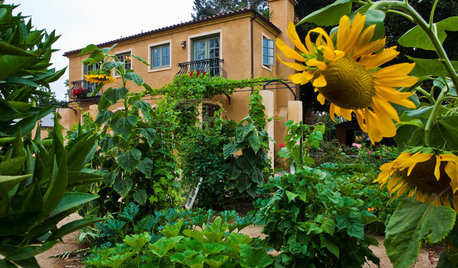
REGIONAL GARDEN GUIDESTexas Gardener's April Checklist
Get your sowing and planting on — spring brings a tantalizing array of possibilities in the garden
Full Story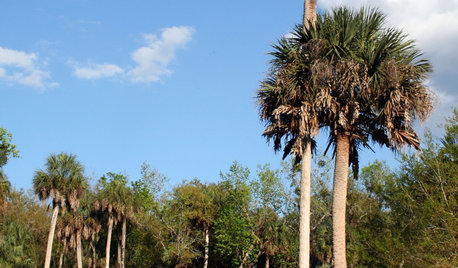
TREESGreat Design Plant: Sabal Palm Enchants in Balmy Sites
Towering and tolerant, this tree blends in, stands out and happily stars in vacation photos
Full Story
LANDSCAPE DESIGNGarden Overhaul: Which Plants Should Stay, Which Should Go?
Learning how to inventory your plants is the first step in dealing with an overgrown landscape
Full Story
GARDENING GUIDES10 Top Native Plants for the U.S. Southeast
For a low-maintenance and wildlife-friendly landscape, use Southern natives that withstand heat and humidity
Full StoryMore Discussions








kurbansOriginal Author
kurbansOriginal Author
Related Professionals
Harrison Landscape Architects & Landscape Designers · Concord Landscape Contractors · Tempe Landscape Contractors · Centereach Landscape Contractors · Cliffside Park Landscape Contractors · Deerfield Beach Landscape Contractors · Fair Lawn Landscape Contractors · Fort Mill Landscape Contractors · Harvey Landscape Contractors · Lexington Landscape Contractors · Methuen Landscape Contractors · Riverhead Landscape Contractors · Riverview Landscape Contractors · Castaic Gardeners & Lawn Care · Royal Oak Driveway Installation & Maintenanceloribee2
Deeby
edweather USDA 9a, HZ 9, Sunset 28
theforgottenone1013 (SE MI zone 5b/6a)
kurbansOriginal Author
squishsquash
Anne Wolfley
zeedman Zone 5 Wisconsin
Bloomin_Onion
ZachS. z5 Platteville, Colorado